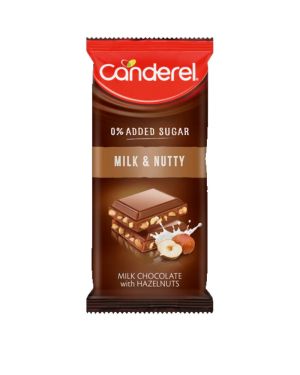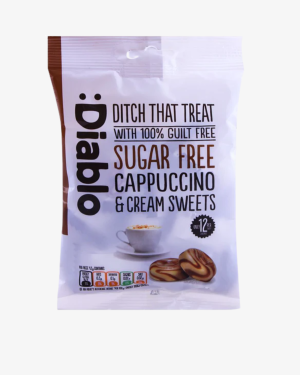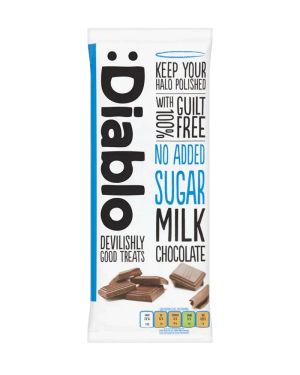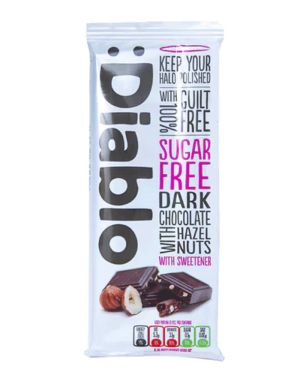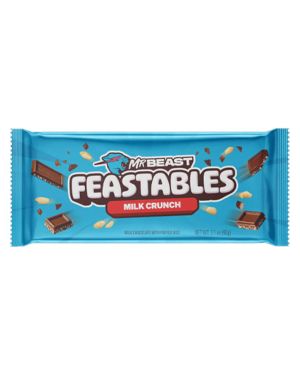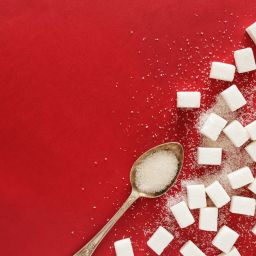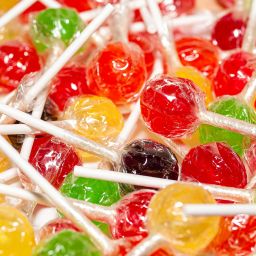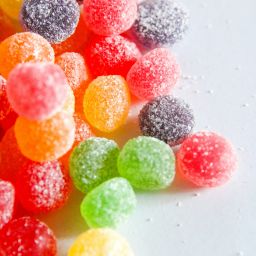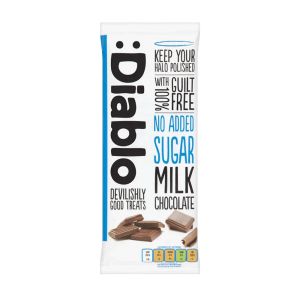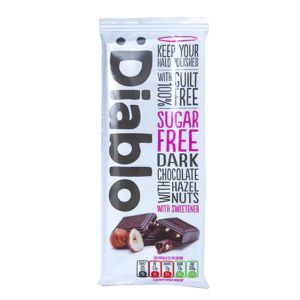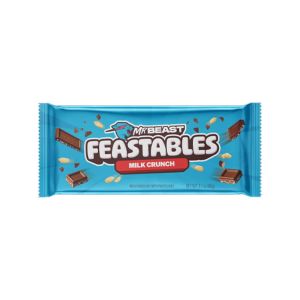In today’s health-conscious world, many people are making an effort to reduce sugar intake. But even if you avoid candy and soda, you might still be consuming more sugar than you realize—thanks to hidden sugars in everyday foods.
These sneaky sources can sabotage your health goals and contribute to weight gain, blood sugar spikes, and increased risk of chronic disease. Let’s uncover the common places sugar hides, how to identify it, and practical ways to cut it out of your diet.
What Are Hidden Sugars?
Hidden sugars are added sugars that appear in foods where you wouldn’t expect them. They’re often masked by other names on ingredient lists or added to make processed foods more appealing.
Common names for hidden sugars include:
Corn syrup
High fructose corn syrup
Dextrose
Maltose
Cane juice
Glucose
Sucrose
Fructose
Maltodextrin
Honey and agave (still sugar!)
Many of these sound innocent, but they all behave like sugar in your body.
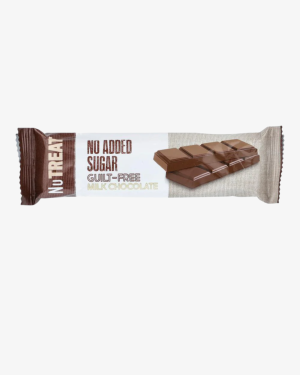
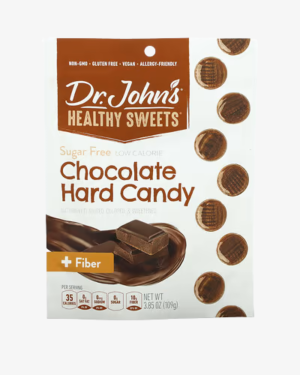
Top Everyday Foods That Contain Hidden Sugars
Flavored Yogurt: Even “healthy” fruit yogurts can have up to 20 grams of sugar per serving.
Breakfast Cereals: Many contain as much sugar as a candy bar—even those marketed to kids as “whole grain.”
Granola & Protein Bars: Marketed as fitness-friendly, but some are packed with syrups and sweeteners.
Salad Dressings & Sauces: Ketchup, BBQ sauce, and even vinaigrettes often contain added sugars.
Bread and Buns: Some brands sneak in sugar for taste and texture.
Instant Oatmeal: Especially flavored varieties—they’re often sweetened heavily.
Packaged Soups and Frozen Dinners: Many contain sugar to enhance taste.
Nut Butters: Always check labels—some brands add sugar to enhance flavor.
Energy Drinks and Juices: Even if labeled “natural,” they often contain concentrated fruit sugars.
How to Spot and Avoid Hidden Sugars
Read the label: Always check both the nutrition facts and ingredient list.
Know the sugar aliases: Be on the lookout for the many names sugar goes by.
Choose unsweetened options: Look for “unsweetened” on labels—especially for dairy and beverages.
Make your own meals: Homemade dressings, sauces, and snacks give you control over sugar content.
Prioritize whole foods: Vegetables, lean proteins, whole grains, and fruits naturally contain fiber and nutrients—without added sugar.
Why It Matters
Even small amounts of added sugar, when consumed daily, can accumulate and affect your health. Excessive sugar intake has been linked to:
Type 2 diabetes
Heart disease
Obesity
Fatty liver
Mood swings
Skin problems
The World Health Organization recommends limiting added sugar to less than 10% of total daily calories—and ideally, below 5%.
The Takeaway
Hidden sugars are everywhere—even in foods we think are healthy. The good news is, by becoming a more informed shopper and cooking more meals at home, you can significantly reduce your intake.
Cutting back on sugar isn’t about deprivation—it’s about smarter choices. And your body will thank you for it with better energy, improved mood, and long-term wellness.





